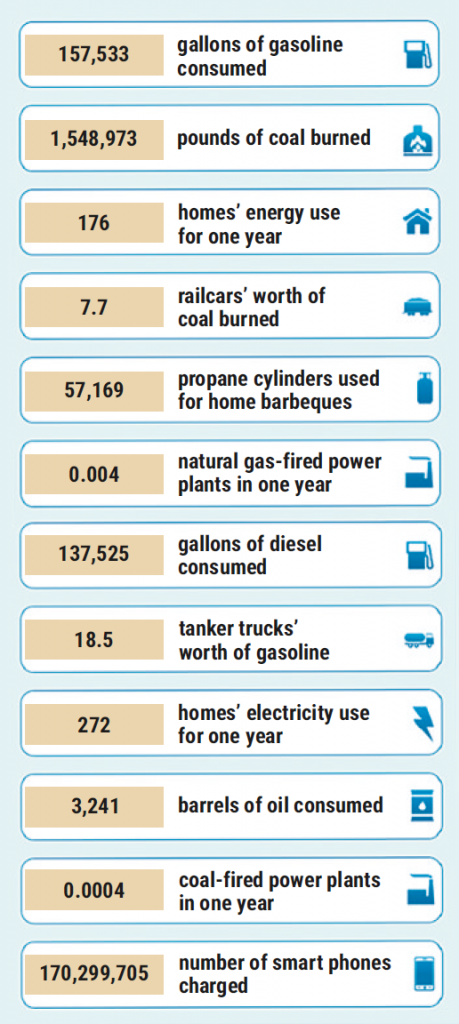Foundation Reuse Reduces CO2 Emissions in Chicago.
Authors: Darren Diehm, Nancy Straub and Bernard Hertlein, GEI Consultants.

The Challenge
Between 2003 and 2005, a 51-story commercial office tower was constructed on the site of the former US Gypsum (USG) building in Chicago. That building had been founded on a forest of belled caissons bearing at elevation -56 Chicago City Datum (CCD). The ground surface at the site is approximately elevation +20 CCD.
To reduce the foundation cost, the design of the new building envisaged 26 new belled caissons that were supplemented by the reuse of 25 caissons from the USG foundation. The new caissons were designed to bear on hardpan approximately 10 ft (3 m) below the existing caissons. Problems during foundation construction required remediation of two caissons, whereby one was supplemented with micropiles, while the other was abandoned and
replaced with a straight-shaft rock socketed caisson.
The Solution
Apart from reusing the caissons, construction cost savings were also realized through reusing the existing concrete basement walls for the new underground parking garage and loading dock for the redevelopment.
The project demonstrated that reuse of existing foundation caissons to supplement new caissons can be a practical solution for redevelopment of project sites that might otherwise be restricted by extensive obstructions. In addition to the cost savings in the
construction of the new building, the reuse of the existing foundation and the below grade walls enabled the developer for 111 South Wacker to qualify for green building credits under the Leadership in Energy and Environmental Design (LEED) program, becoming the first building ever to be certified LEED-CS Gold. The LEED program, administered by the US Green Building Council, seeks to promote buildings that are environmentally responsible, profitable and healthy places to live and work.
The Results
From a sustainability point of view, reuse of the caissons eliminated the need to remove some 1,265cu yd (970 cu m) of spoil, and subsequent placement of the same quantity of concrete. This eliminated the need for around 140 round-trips for trucks hauling excavated spoil through downtown Chicago, and a similar number of roundtrips for concrete deliveries. The DFI/EFFC Carbon Calculator estimates that this resulted in an emission reduction of some 540 tons (490 tonnes) CO2 equivalent, which equals the CO2 emissions from consuming 12,378 gal (56,300 L) of gasoline, or the annual energy use of 14 homes. In reality the emission reduction was even higher, given the reuse of the concrete basement walls.
This is the equivalent to CO2 emissions from:

